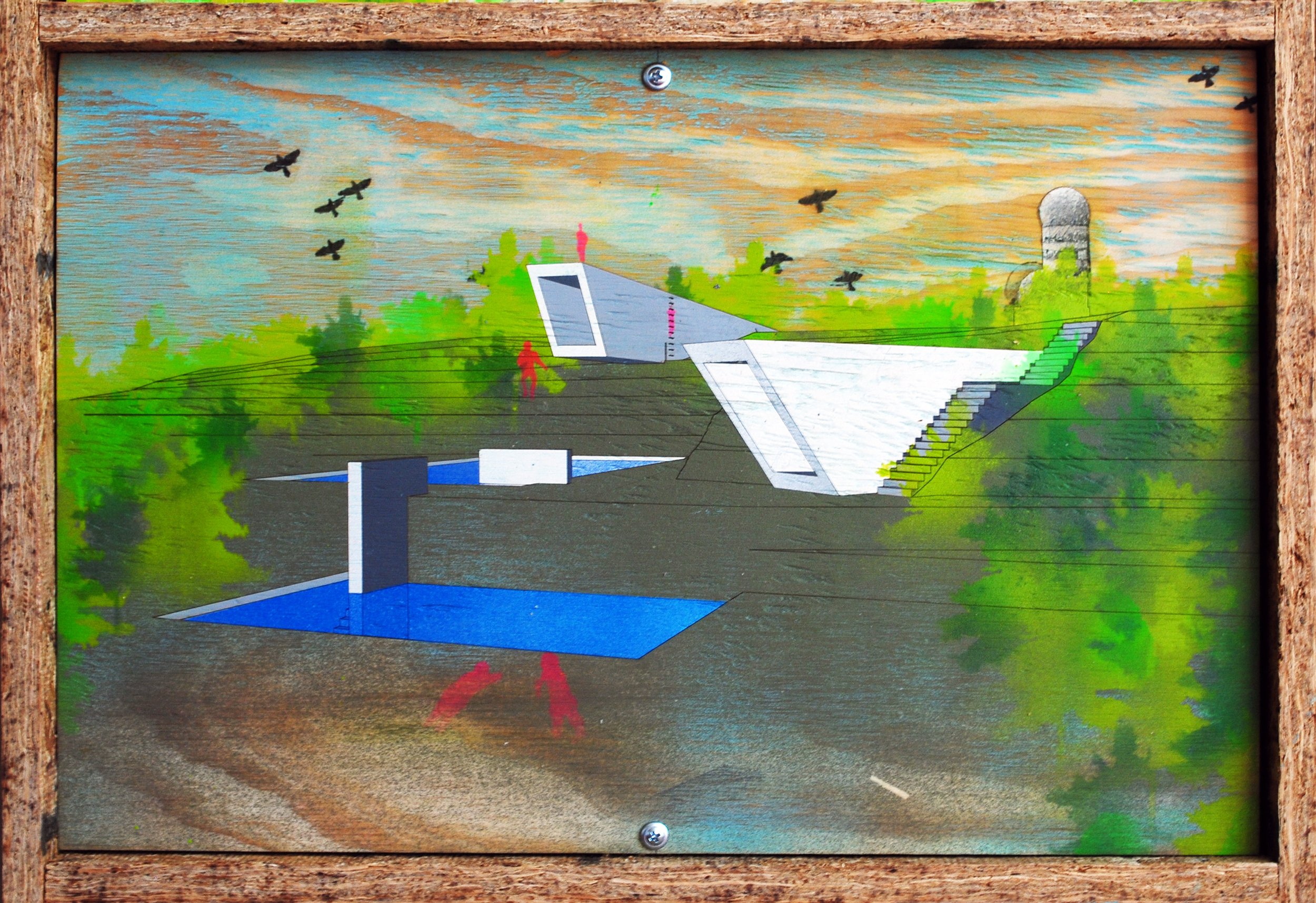ARCHITECTURE AS URBAN GEOLOGIST
ARCHITECTURE AS URBAN GEOLOGIST
Client: College of Architecture & Design Thesis Submission
Location: Teufelsberg, Berlin
Status: Submitted 2011
If we were to excavate the city of today, we would discover the ruins of the past and the history imbedded within. The layers that accumulate are by products of change, each development and era having its own distinguishable characteristics that set it apart from the others. These stratified layers give partial readings of time and place, and await discovery by the curious urban geologist. Architecture has the ability to become the urban geologist; occupying, engaging, and transforming moments of the past and present.
Berlin is a city that must navigate a multitude of pasts as it attempts to define its image of today. Constantly reminding those who engage the city of its tumultuous past and the history that is imbedded within, this “haunted city” has accumulated many era specific strata. As the capitol of the Third Reich and Cold War battle ground, Berlin has amassed many memories, most of which the German people wish they had the privilege to forget.
Teufelsberg is the ideal realization of how layers of the past and present can superimpose themselves over one another at one single point in the city. Originally Teufelsberg was the location of Nazi Germany’s military technical school. After world war two, when the German people were not only attempting to rebuild their city, but also rebuilding their image as a nation, the Nazi military school was buried under 12 million cubic meters of Berlin’s post world war two rubble, completely masking their past ideals. During the cold war, the site became the location for an NSA listening station that was used by the allied forces to spy on the east. Since the fall of the wall in 1989, the station, now rendered useless, fell victim to Berlin’s vast counter culture and has become a haven for graffiti artists.
The pools at Teufelsberg explore the intensity of the artifactual site, and suggest solutions for exorcising and transforming it. The pools take inspiration from the subversive culture that uses the site as it is now in an attempt to create the anti-memorial. Transforming a once sacred site into one of the profane in an attempt to allow today’s Berliners to cleanse their city and re-write what it is that makes it their own.
To occupy all strata of the artifactual site, a shaft is drilled from the base of the NSA listening tower to the bunkers that lie over 80 meters below the existing ground plane. The bunker complex is flooded and becomes the main bathhouse for the site. The cellular characteristic of typical bunker architecture allows for pools of varying sizes, depths, temperatures and atmospheres.
The shaft is lined with a spiral stair and has needle-like tunnels that protrude into the cylindrical space. The tunnels provide access to other parts of the site and other pools that lie on the surface of the mountain, fostering a sense of constant discovery of new and existing elements that lie within the historically loaded site.













